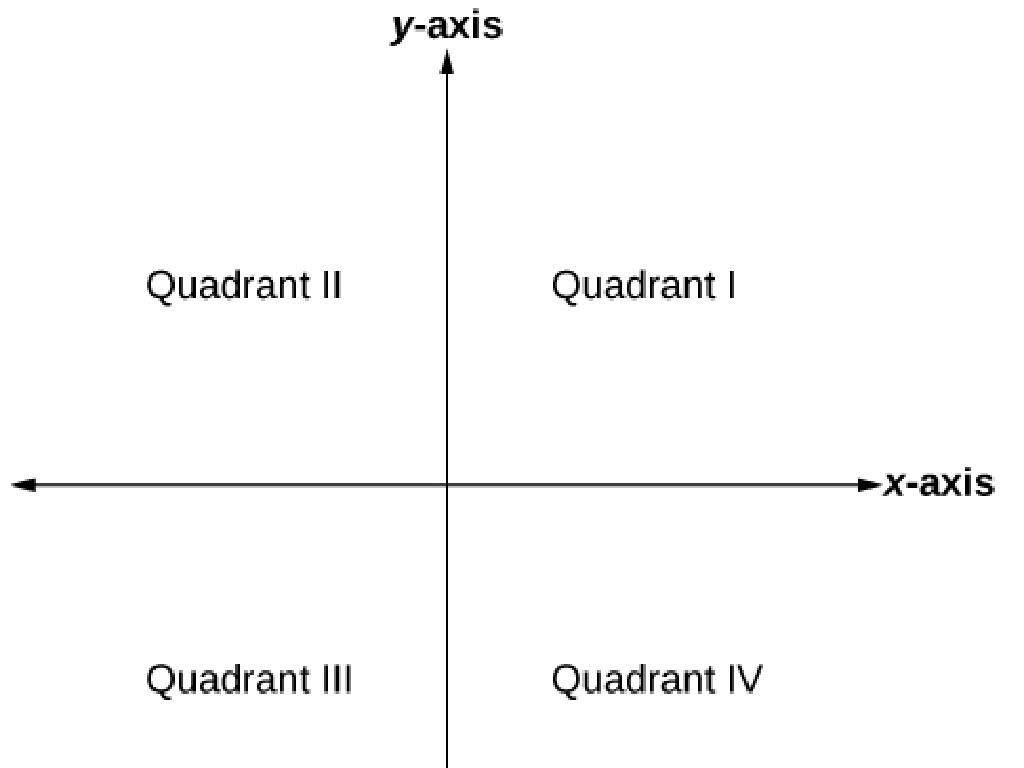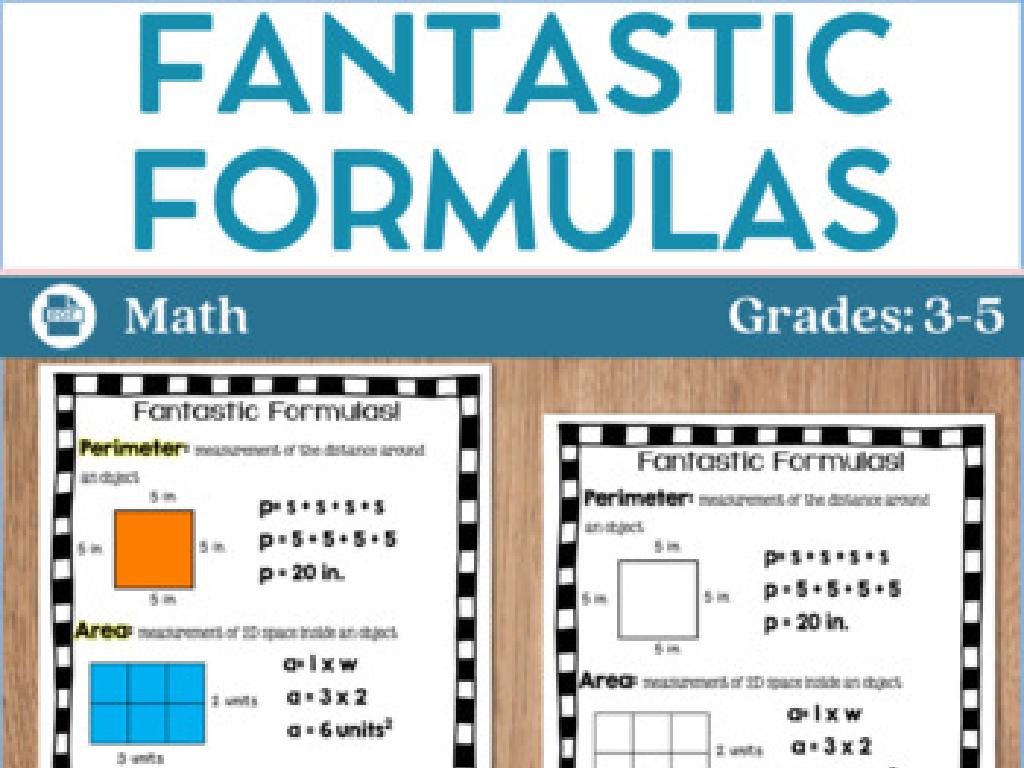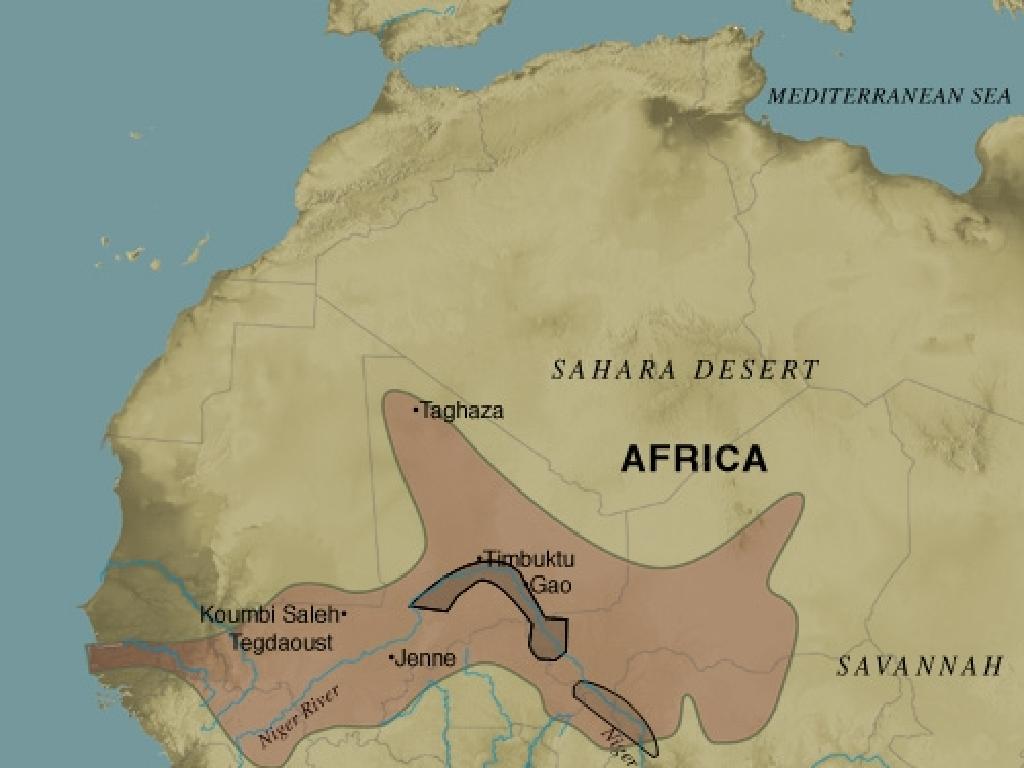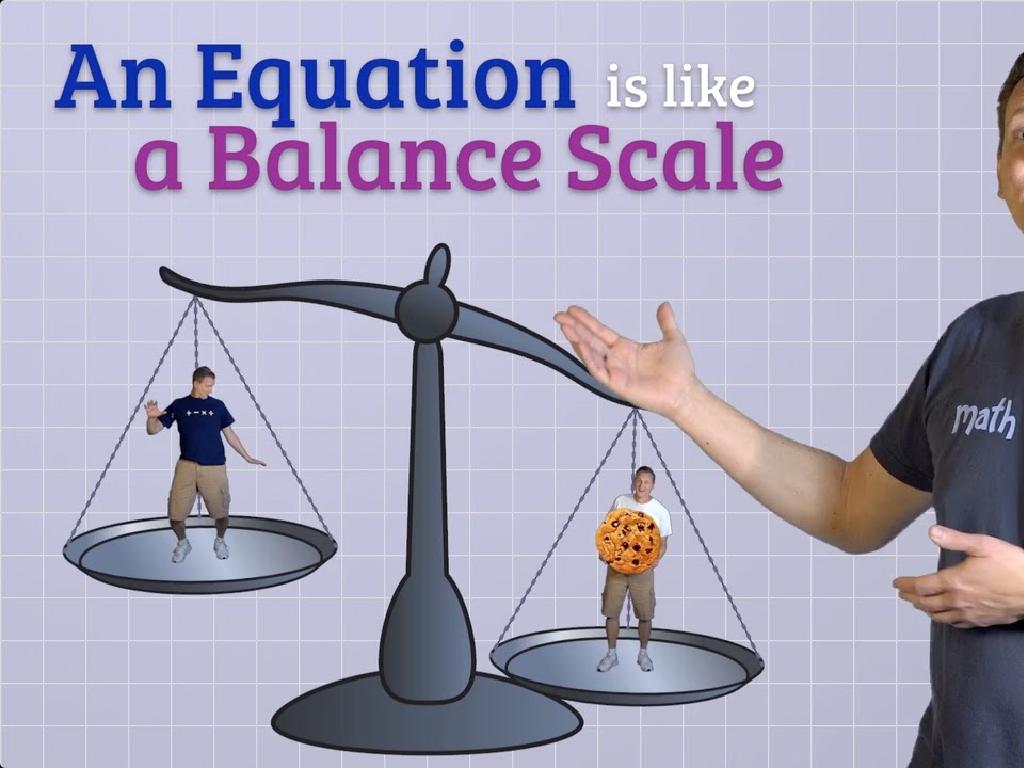Use Collected Data To Find Probabilities And Make Predictions
Subject: Math
Grade: Seventh grade
Topic: Probability
Please LOG IN to download the presentation. Access is available to registered users only.
View More Content
Introduction to Probability
– Understanding probability basics
– Probability measures the likelihood of an event to occur.
– Probability’s role in daily life
– Used in weather forecasts, sports, and insurance.
– Mathematical probability definition
– In math, probability is the ratio of favorable outcomes to total possible outcomes.
– Predicting outcomes with probability
|
Begin the lesson by explaining probability as a concept that measures how likely an event is to happen. Emphasize its importance in various aspects of daily life, such as predicting weather or assessing risks in insurance. Introduce the mathematical definition of probability, which is the number of ways an event can occur divided by the number of all possible outcomes. Highlight that understanding probability is key to making informed predictions about future events based on collected data. Engage students with examples and encourage them to think of situations where they unknowingly use probability to make decisions.
Understanding Data in Probability
– Define ‘Data’
– Information collected for reference or analysis
– Types: Qualitative & Quantitative
– Qualitative: Descriptive, Quantitative: Numerical
– Data Sources
– Surveys, experiments, databases, etc.
– Methods of Data Collection
– Observations, measurements, surveys, experiments
|
This slide introduces the concept of data, which is foundational for understanding probability and making predictions. Data is any collected information that can be used for analysis. There are two main types of data: qualitative, which is descriptive and often categorical, and quantitative, which is numerical. Students should learn about various sources of data, such as surveys, experiments, and existing databases, and the methods used to collect data, including direct observations, precise measurements, conducting surveys, and performing experiments. Emphasize the importance of reliable data collection as it directly impacts the accuracy of probability calculations and predictions.
Organizing Data for Probability
– Effective data organization
– Learn to sort and group data for better analysis
– Utilize tables, charts, and graphs
– Visual tools help interpret data and see patterns
– Activity: Data into a table
– Use the provided data set to create a clear table
|
This slide introduces students to the importance of organizing data as a foundational step in finding probabilities and making predictions. Emphasize the role of sorting and grouping data to make it manageable and understandable. Show examples of tables, charts, and graphs, explaining how each can be used to represent different types of data. For the activity, provide a data set and guide students to create a table. This hands-on experience reinforces their understanding of data organization. Possible activities include organizing survey results, historical weather data, or classroom-generated data. Ensure students understand how organized data leads to accurate probability calculations and predictions.
Basic Probability Concepts
– Probability as a fraction
– Probability = favorable outcomes / total possible outcomes
– Simple events and sample spaces
– A simple event has one outcome, sample space is all possible outcomes
– Calculating simple event probabilities
– Use the probability formula for events like flipping a coin
– Predicting outcomes with probability
– Use calculated probabilities to make predictions about events
|
This slide introduces the foundational concepts of probability to seventh-grade students. Begin by explaining probability as the ratio of the number of favorable outcomes to the total number of possible outcomes, which can be expressed as a fraction. Clarify the concept of simple events, which are events with only one outcome, and sample spaces, which include all possible outcomes. Teach students how to calculate the probability of simple events using the probability formula. Emphasize that understanding these concepts is crucial for making predictions about the likelihood of various outcomes. Provide examples such as rolling a die or drawing a card from a deck to illustrate these points. Encourage students to think of other simple events and practice calculating probabilities.
Calculating Probabilities from Data
– Calculate probability from data
– Use data to determine the likelihood of an event
– Relative frequency and probability
– Estimate probability by comparing the number of times an event occurs to the total number of trials
– Example: Red marble probability
– If a bag has 5 red and 15 blue marbles, the probability of picking a red marble is 5 out of 20, or 1/4
– Making predictions with probability
– Use probability to predict future events based on past data
|
This slide introduces students to the concept of using collected data to calculate probabilities and make predictions. Start by explaining how probability can be determined from data by dividing the number of favorable outcomes by the total number of possible outcomes. Introduce relative frequency as a practical way to estimate probability, especially when dealing with large data sets. Use the example of picking a red marble from a bag to illustrate how to calculate probability in a simple context. Finally, discuss how these probabilities can be used to make predictions about future events, reinforcing the idea that probability is a powerful tool for anticipating outcomes based on past occurrences.
Making Predictions with Probability
– Understanding probability
– Probability measures the likelihood of an event
– Predicting with data
– Use past data to forecast future occurrences
– Activity: Experiment predictions
– Guess the result of a coin toss based on probability
– Probability informs decisions
|
This slide introduces the concept of probability as a tool for making predictions. Start by explaining that probability is a way to measure how likely it is for an event to happen. Emphasize that past collected data can be analyzed to predict future events. For the activity, students will predict the outcome of a coin toss using their understanding of probability (e.g., 50% chance for heads or tails). Teachers should prepare different scenarios or experiments for students to apply probability, such as rolling dice, drawing cards, or random draws from a bag of colored marbles. Encourage students to discuss how probability can help in making informed decisions in real-life situations.
Complex Probabilities in Math
– Understanding compound events
– A compound event consists of two or more simple events.
– Differentiating independent vs dependent
– Independent events do not affect each other, while dependent events do.
– Calculating complex probabilities
– Use multiplication for independent and addition for dependent events to find probabilities.
– Making predictions with data
– Analyze past data to predict future outcomes.
|
This slide introduces students to more advanced concepts in probability. Start by explaining compound events, which are events with multiple outcomes, like flipping two coins. Then, distinguish between independent events (like separate coin tosses) and dependent events (like drawing cards without replacement). Teach students how to calculate probabilities in these scenarios, emphasizing the multiplication rule for independent events and the addition rule for dependent events. Finally, show how collected data can be used to make predictions about future events, reinforcing the practical applications of probability in real-life decision-making. Provide examples and encourage students to practice with exercises.
Class Activity: Probability Experiment
– Conduct an experiment using dice or coins
– Record the outcomes of each roll or flip
– Analyze the data to find probabilities
– Calculate the frequency of each outcome to determine its probability
– Make predictions based on the data
– Use probability to predict future outcomes of similar experiments
|
This activity is designed to give students hands-on experience with probability. Divide the class into small groups and provide each group with dice or coins. Have them conduct a series of rolls or flips and record the results. Guide them to calculate the frequency of each outcome and use that information to determine the probability of each result. Then, challenge students to use their calculated probabilities to make predictions about future experiments. For example, if a coin lands heads 75% of the time in their data, they might predict that in the next 10 flips, heads will come up approximately 7 or 8 times. This exercise will help solidify their understanding of how probability is used to make predictions based on collected data.
Wrapping Up: Probability and Predictions
– Recap: Probability Fundamentals
– Review key concepts: outcomes, events, and likelihood
– Data’s Role in Probability
– Understand how data collection informs probability calculations
– Q&A Session
– Time for students to ask questions or seek clarification on the topic
– Encourage Ongoing Curiosity
– Motivate students to apply probability in daily decisions
|
This slide aims to summarize the lesson on probability and its practical applications. Begin by recapping the main points, such as defining probability, understanding outcomes and events, and how to calculate the likelihood of an event. Emphasize the importance of collecting accurate data as it is crucial for determining probabilities and making informed predictions. Open the floor for a Q&A session, allowing students to address any uncertainties or delve deeper into aspects of probability that interest them. Finally, encourage students to think about how probability is used in everyday life and to remain curious about how data can help us make predictions. This will not only solidify their understanding but also help them see the relevance of math in the real world.





